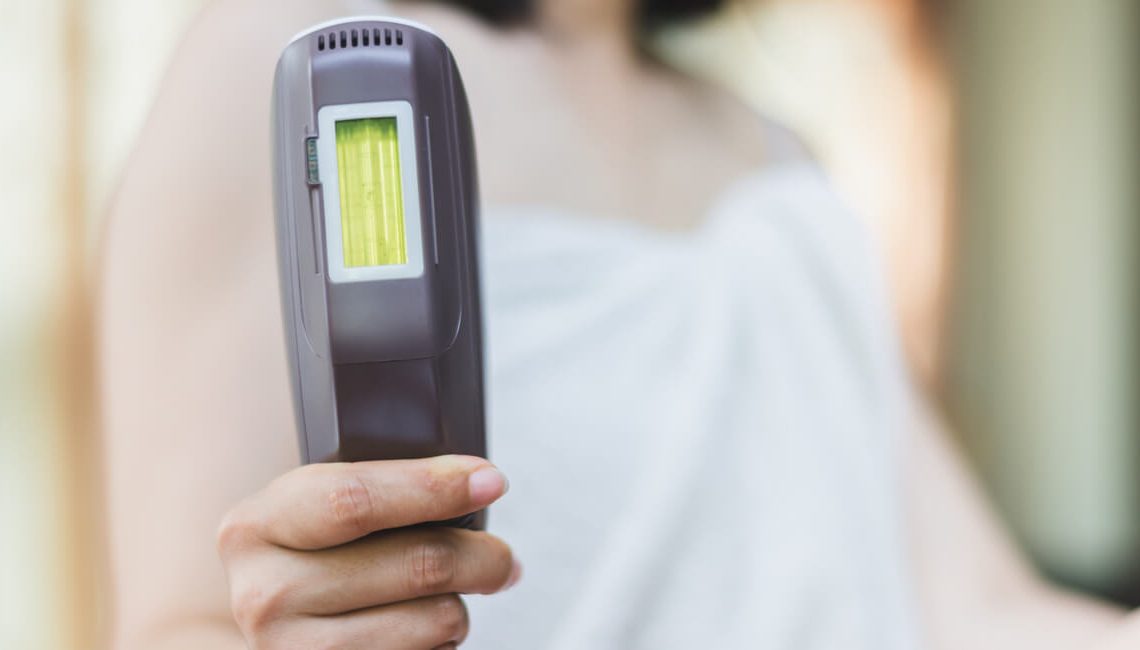
A wave of skin treatment household electronic devices is invading the market. They promise benefits which are comparable to cosmetic dermatology and plastic surgery. But can they be trusted?
The media’s message is univocal and bombastic: thanks to electronic devices, skin treatments are at a turning point. In just a few years e-commerce shops and sites have been filled with devices boasting performances which are comparable to those of aesthetic dermatology and plastic surgery. Attractively designed, supported by influencers and testimonials, these gadgets have become the stars of the moment. And those who don’t jump on the bandwagon have the feeling they’re losing out on an unprecedented opportunity: easy, self-managed beauty.
What we can gather from this phenomenon is that marketing has become hypertrophic and hyperbolic, and that it is no longer solely based on our needs but also on our psyche. In the case at hand, the psychological mechanism used is rather subtle. Our mind, in the presence of overcomplicated situations, tends to oversimplify to avoid anxiety and cognitive dissonance. This also applies to our choices as consumers: if our desires are too expensive and demanding, we look for quick and cheap solutions. And certain products on the market are ideal for intercepting this phenomenon.
The fact there are dozens of DIY electronics is in this category should first of all make us think of the lack of scientific proof of the effectiveness of the vast majority of these devices, and that there must be a good reason for this. More important even than efficiency, domestic appliances must be safe. Moreover, a very effective device is often potentially more harmful when used improperly; vice versa, a device which is very safe will probably be little or not at all effective.
Regardless of the technology used, it all comes down to the intensity of the stimulus provided. Medical equipment can, by law, be very powerful, which amounts to saying that scalpels can only be handled by surgeons. If equipment used by beauticians must respond to greater safety than medical devices (and are therefore less effective), those intended for the consumer must be, a fortiori, even safer.
Yet all this is not enough: even the safest methods can be harmful when used excessively and inappropriately. For example, laser or pulsed light (IPL) devices which have been on the hair removal market for years are certainly less effective than professional equipment, but are still harmful if they accidentally point into the user’s eyes.
Among the other technologies on the market are radiofrequencies, which employ the same type of waves as our kitchen microwaves; ultrasounds, which alter cellular functions; LED lights, which utilize enhanced visible light, responsible for producing free radicals and causing skin photodamage.
Although these technologies are successfully exploited in medicine, this does not mean they can be used without full knowledge of the facts. With regards to muscle electrostimulation (which has been cleared for the market for years now) and, more generally, facial gymnastics equipment, it should be remembered that not everyone ages the same way, hence the same gymnastics won’t work for everyone. If the user’s knowledge of facial muscles and their functional state is insufficient (in fact, these muscles often antagonize each other) these exercises could even increase wrinkle visibility instead of decreasing it.
Although the promise of cheap youthfulness at your fingertips is mesmerizing, remember that it is only through in-depth knowledge of the skin that specialists develop personalized anti-aging treatments of tried and tested efficacy. The best treatments are those which aim to restore the appearance and functions of young skin by stimulating it as naturally as possible; and naturalness isn’t always these devices’ strong point.
Article of Dr Adele Sparavigna for https://4me.styl


